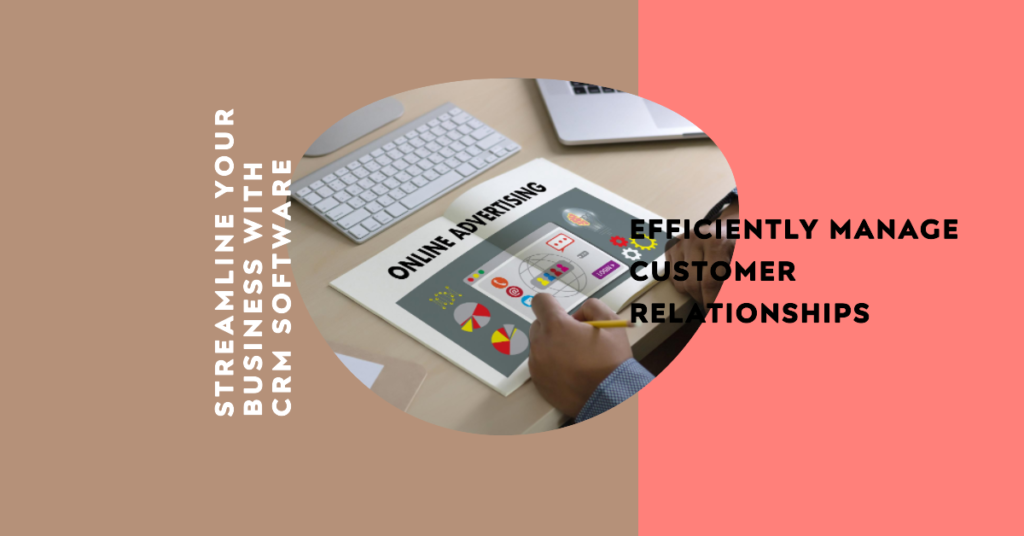Have you ever wondered why some businesses have loyal customers while others struggle to keep them engaged? The secret lies in understanding your customers and using effective CRM strategies.
Introduction
In today’s competitive market, understanding your customers is paramount. Businesses that excel in customer retention have a strategic edge, and this is often achieved through effective Customer Relationship Management (CRM).
Importance of Understanding Customers
Understanding your customers allows you to tailor your products and services to meet their needs. This leads to higher customer satisfaction, loyalty, and ultimately, business growth.
What is CRM?
CRM stands for Customer Relationship Management. It is a technology used to manage interactions with potential and current customers. A CRM system helps businesses streamline processes, improve customer service, and increase profitability.
Benefits of CRM
- Improved Customer Service: CRM provides a 360-degree view of the customer, enabling personalized service.
- Increased Sales: CRM systems help identify potential leads and streamline the sales process.
- Customer Retention: By understanding customer behaviors and preferences, businesses can enhance loyalty.
- Better Data Management: CRM consolidates data from various channels, making it easier to analyze and act upon.
Customer Segmentation
Customer segmentation involves dividing your customer base into distinct groups based on characteristics such as demographics, behavior, and purchase history. This allows for targeted marketing and personalized communication.
Personalization Strategies
Personalization is key to engaging customers. Here are some strategies:
- Customized Emails: Tailor email content based on the recipient’s preferences and behavior.
- Personalized Recommendations: Use purchase history to suggest relevant products.
- Dynamic Website Content: Modify website content based on user interactions.
Customer Journey Mapping
A customer journey map visualizes the steps a customer takes from initial awareness to post-purchase. This helps identify pain points and opportunities to enhance the customer experience.
Customer Feedback and Surveys
Regularly collecting customer feedback is essential for continuous improvement. Surveys can be used to gauge satisfaction levels and identify areas for enhancement.
Building Customer Loyalty
Loyalty programs and rewards can incentivize repeat business. Offering exclusive deals, discounts, and early access to new products can make customers feel valued.
Using Data Analytics
Data analytics is a powerful tool in understanding customer behavior. By analyzing purchase patterns, browsing history, and feedback, businesses can make informed decisions.
Social Media Engagement
Social media platforms are excellent for engaging with customers. Responding to comments, sharing relevant content, and running contests can increase brand visibility and loyalty.
Email Marketing Strategies
Effective email marketing keeps customers informed and engaged. Segmented email lists and personalized content can significantly improve open and conversion rates.
Measuring Customer Satisfaction
Customer satisfaction can be measured using various methods such as Net Promoter Score (NPS), Customer Satisfaction Score (CSAT), and Customer Effort Score (CES). These metrics help gauge the overall health of customer relationships.
Conclusion
Understanding and retaining customers is a continuous process that requires a strategic approach. By leveraging CRM systems and implementing the strategies outlined above, businesses can enhance customer satisfaction, loyalty, and growth.
Frequently Asked Questions (FAQs)
Q1: What is the primary function of a CRM system? A1: The primary function of a CRM system is to manage interactions with potential and current customers, streamline processes, improve customer service, and increase profitability.
Q2: How does customer segmentation benefit a business? A2: Customer segmentation allows businesses to target marketing efforts more effectively, leading to personalized communication and higher engagement rates.
Q3: Why is customer feedback important? A3: Customer feedback provides valuable insights into satisfaction levels and areas for improvement, helping businesses refine their products and services.
Q4: What role does data analytics play in customer retention? A4: Data analytics helps businesses understand customer behavior, identify trends, and make informed decisions to enhance customer satisfaction and loyalty.
Q5: How can social media be used to engage customers? A5: Social media can be used to interact with customers, share relevant content, respond to inquiries, and run engagement-driven campaigns.
By implementing these strategies and leveraging the power of CRM systems, businesses can build stronger relationships with their customers, ultimately driving growth and success.


